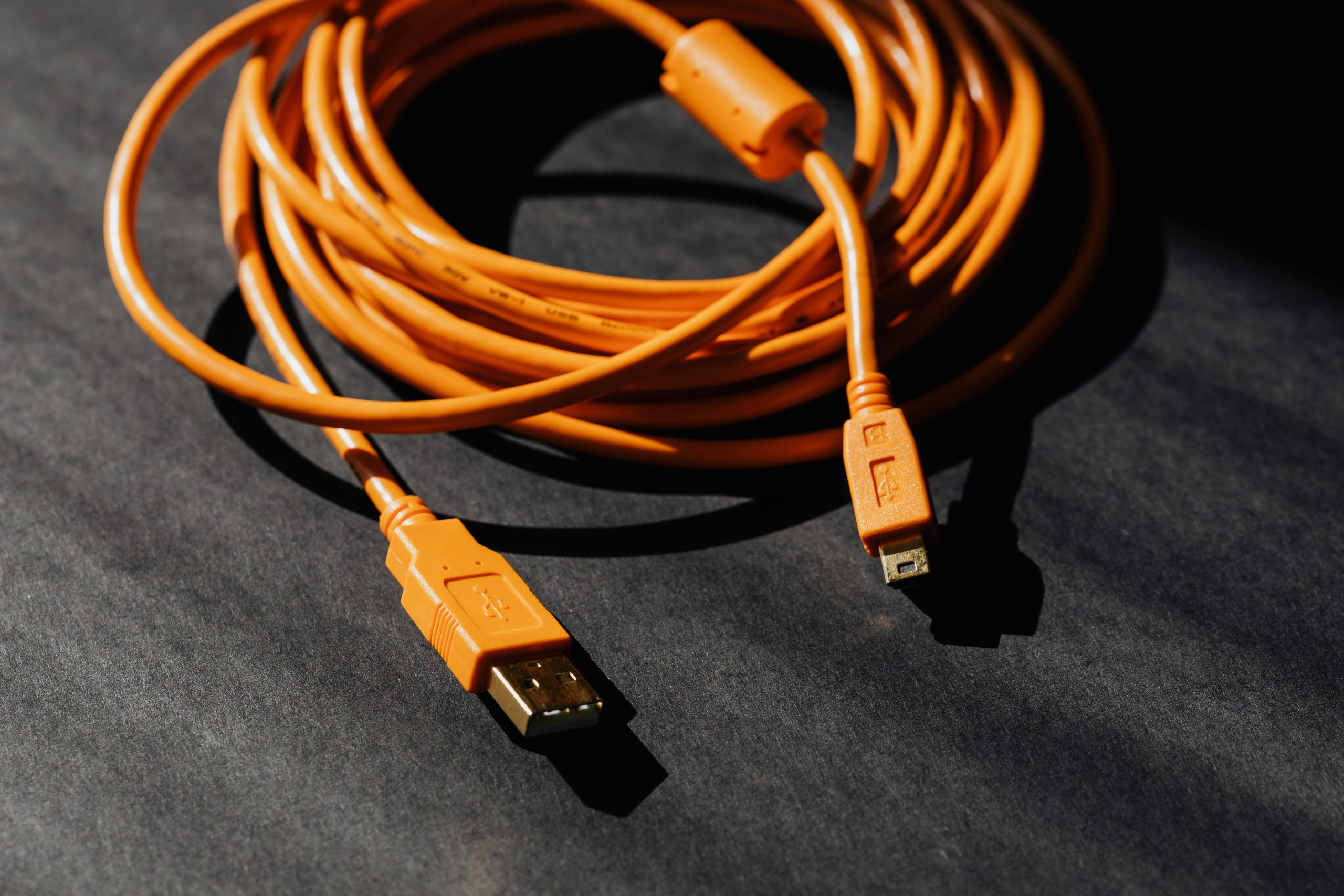Upgrading to an SSD: Is It Advisable to Replace Your HDD and Reformat Simultaneously?
When considering an upgrade to enhance your computer’s performance, switching from a traditional hard disk drive (HDD) to a solid-state drive (SSD) is among the most effective improvements you can make. This process often involves a few key steps: installing the new SSD, potentially replacing or adding hardware components, and performing a system reinstallation or reformating. But is it feasible and advisable to undertake these steps simultaneously? Let’s explore this scenario to provide some clarity.
Upgrading Storage and Reformatting: The General Approach
Most users replacing an HDD with an SSD choose to:
- Physically install the new SSD into the system.
- Transfer or clone existing data from the HDD to the SSD (if applicable).
- Reinstall or reconfigure the operating system or perform a clean installation.
- Format the old drive or use it for additional storage.
Performing these steps together is entirely common and often recommended for a clean, efficient upgrade. It ensures that your system is running on the new, faster drive from the outset, minimizing downtime and compatibility issues.
Handling Hardware Changes: GPU Replacement and Drivers
In your case, you’re also planning to replace your GPU, which introduces a couple of additional considerations:
- Driver Management: Before installing new drivers for the upgraded GPU, it’s generally advisable to uninstall existing drivers and install the latest ones compatible with your new hardware. Doing this before formatting ensures that driver issues don’t interfere with the upgrade process.
- System Stability: Installing new hardware components in sequence—first installing or replacing your GPU, then preparing your storage drive—can help troubleshoot potential issues before committing to reformatting or a clean OS installation.
Timing and Sequence Recommendations
To optimize the process, consider the following sequence:
- Power down your system and replace the GPU. Boot into your existing OS to ensure the new GPU is recognized correctly and drivers are functioning.
- Uninstall current GPU drivers (if needed) and install the latest drivers for your new graphics card.
- Power down again and install the new SSD physically.
- Clone your existing drive to the new SSD if you wish to retain your current OS and files, or prepare for a clean installation.
- Boot from the new SSD. If performing a clean install,
Share this content:

